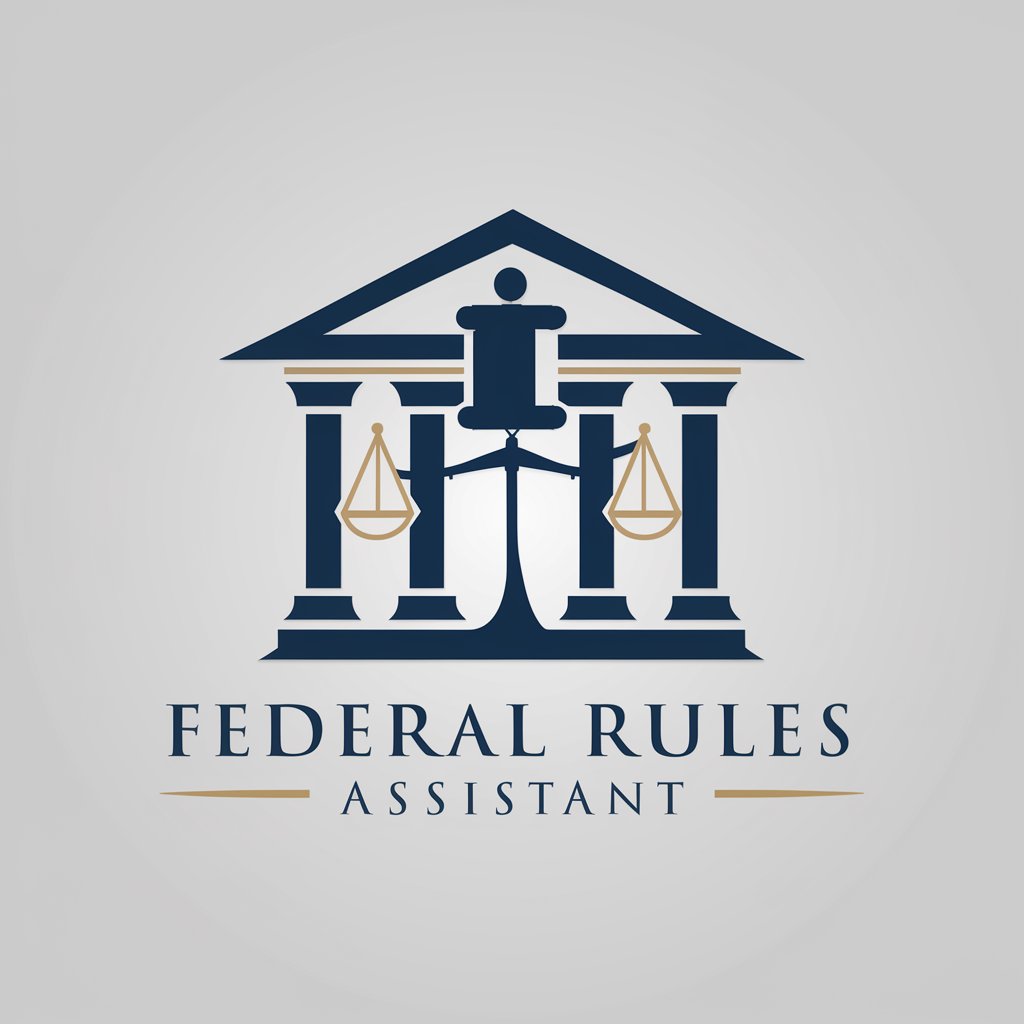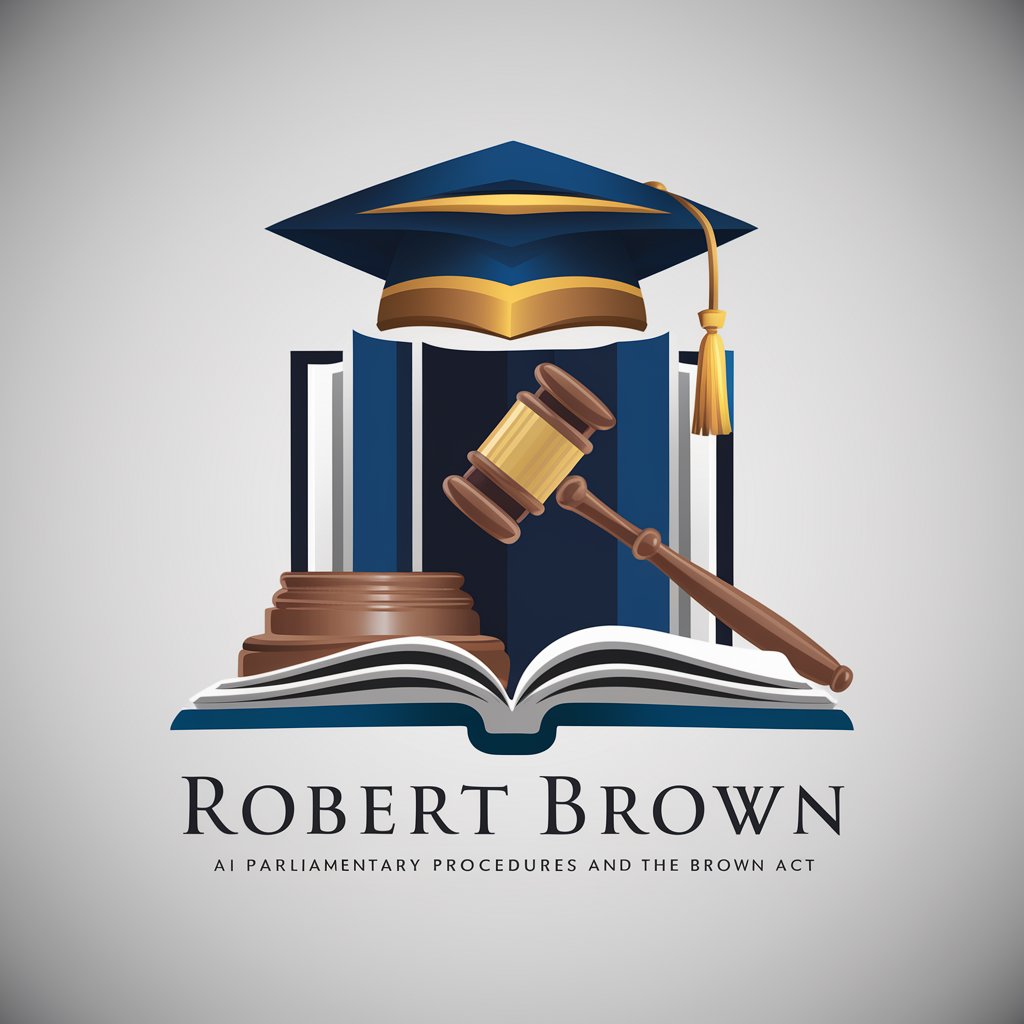
Rules of Procedure - Efficient Procedural Guide
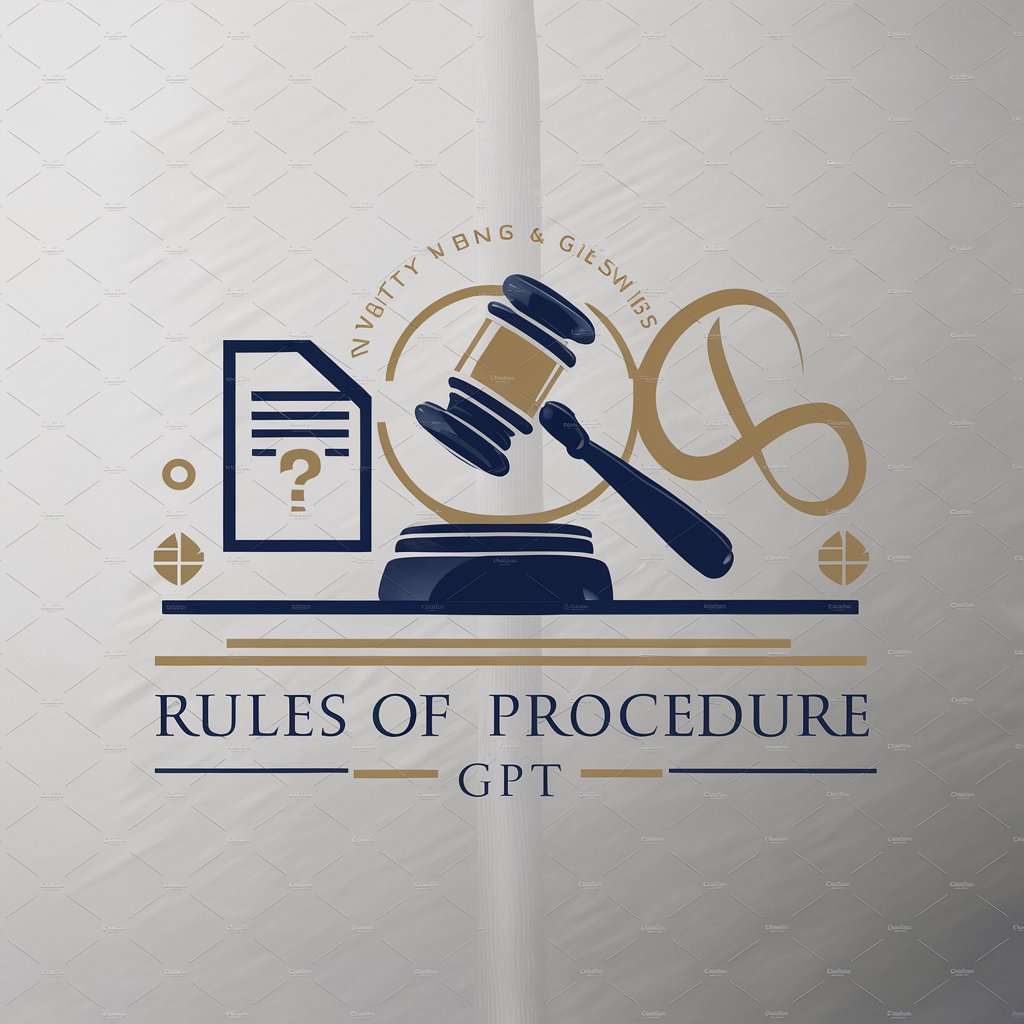
Welcome! How can I assist you with the Rules of Procedure today?
Streamlining Decisions with AI
What is the process for...
Can you explain the rules for...
How should one proceed if...
What are the steps involved in...
Get Embed Code
Understanding Rules of Procedure
Rules of Procedure (RoP) are a set of guidelines and protocols designed to facilitate orderly, fair, and efficient proceedings within various organizational, legislative, or judicial bodies. They outline the norms for discussions, decision-making processes, and the management of disputes, ensuring that activities are conducted in a structured manner. For example, in a legislative body, RoP might dictate how a bill is introduced, debated, amended, and voted on, including the specific steps and order these must follow. Similarly, in a corporate setting, RoP can guide shareholder meetings, outlining how decisions are made, votes are counted, and resolutions are passed. Powered by ChatGPT-4o。

Core Functions of Rules of Procedure
Facilitating Orderly Discussions
Example
In a parliamentary session, RoP ensure that debates are conducted in an organized way, with speakers taking turns in a predefined order and adhering to time limits.
Scenario
This prevents chaotic exchanges and ensures that all views are heard in a structured environment.
Ensuring Fair Decision Making
Example
RoP specify the voting procedures for a board of directors, including how votes are cast, counted, and how a decision is reached (majority, supermajority, etc.).
Scenario
This guarantees that all members have a clear understanding of the process, contributing to transparent and equitable decision-making.
Managing Disputes
Example
In a sports federation, RoP lay out the process for handling grievances and appeals, such as the steps to challenge a decision and the mechanism for review.
Scenario
This ensures disputes are resolved in a consistent, fair manner, providing a clear path for grievance resolution.
Ideal Users of Rules of Procedure Services
Legislative Bodies
Parliaments, senates, and councils need RoP to conduct their business efficiently, making them primary users. RoP help in structuring debates, voting, and the passage of legislation, ensuring democratic processes are upheld.
Corporations and Organizations
Corporate boards, non-profits, and formal committees use RoP to govern meetings, decision-making, and internal governance. This fosters transparency and accountability in their operations.
Judicial and Quasi-judicial Bodies
Courts, arbitration panels, and disciplinary committees rely on RoP for the orderly conduct of hearings and the fair resolution of disputes, ensuring that proceedings are carried out with due process.

Guidelines for Using Rules of Procedure
Step 1
Visit yeschat.ai for a free trial without login; no need for ChatGPT Plus.
Step 2
Familiarize yourself with the basic rules and definitions provided in the document to understand the procedural framework.
Step 3
Apply these rules to draft or review procedural documents, ensuring alignment with the guidelines.
Step 4
Use the rules as a reference during formal meetings or negotiations to guide decision-making processes.
Step 5
Regularly consult the rules for updates or amendments that might affect ongoing procedures.
Try other advanced and practical GPTs
Weld Procedure Advisor
AI-Powered Welding Compliance Tool
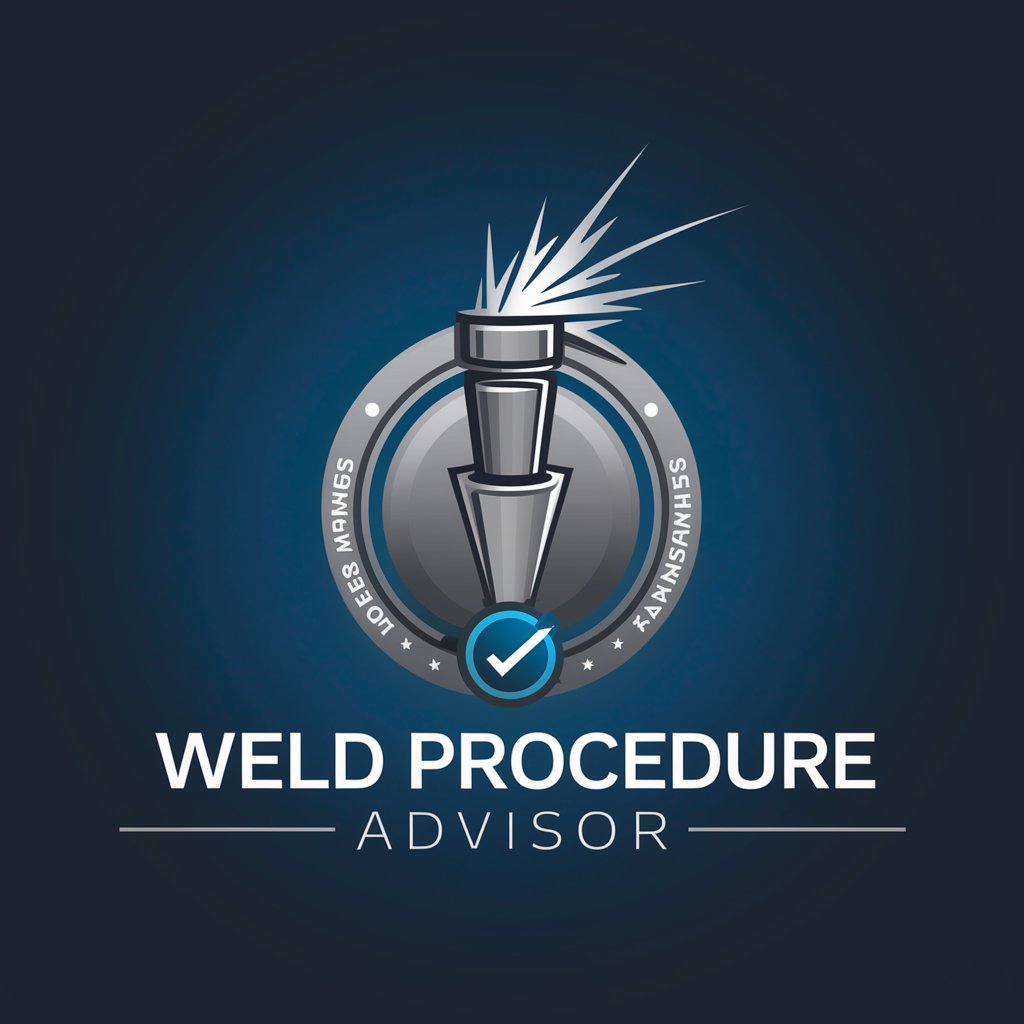
Dirt Bag Airman
Streamlining Air Force Performance Reports with AI

Bag Recommendation Assistant
AI-powered Personal Bag Shopper

出气筒 (Punching Bag)
Your AI-powered confidant

Mushroom Grow Bag Guide
Empowering your mycology journey with AI.

Travel Bag Buddy
Optimize your travel with AI-driven luggage management.

Alabama Rules of Civil Procedure - Reference Guide
Demystifying Alabama Civil Procedure with AI
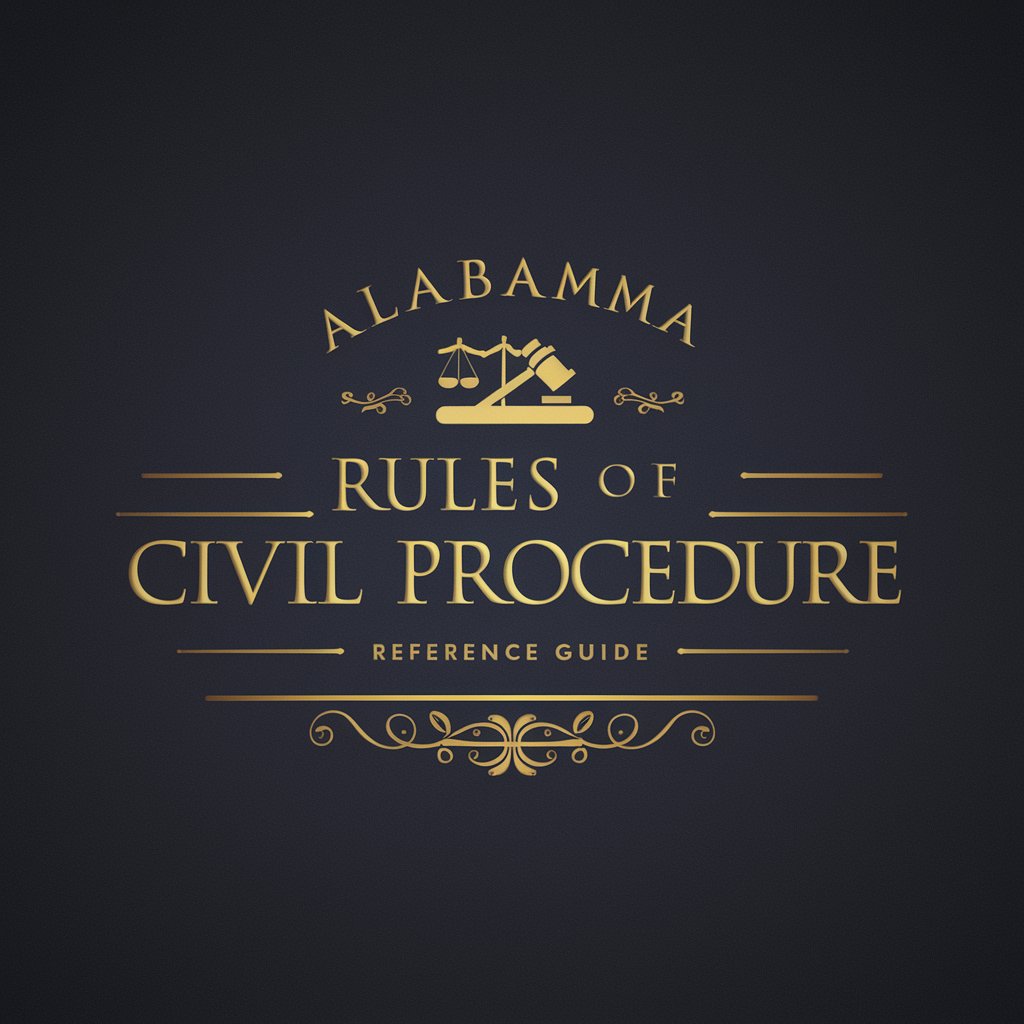
Procedure SPSTI pour l'IPAL
Streamlining Occupational Health with AI
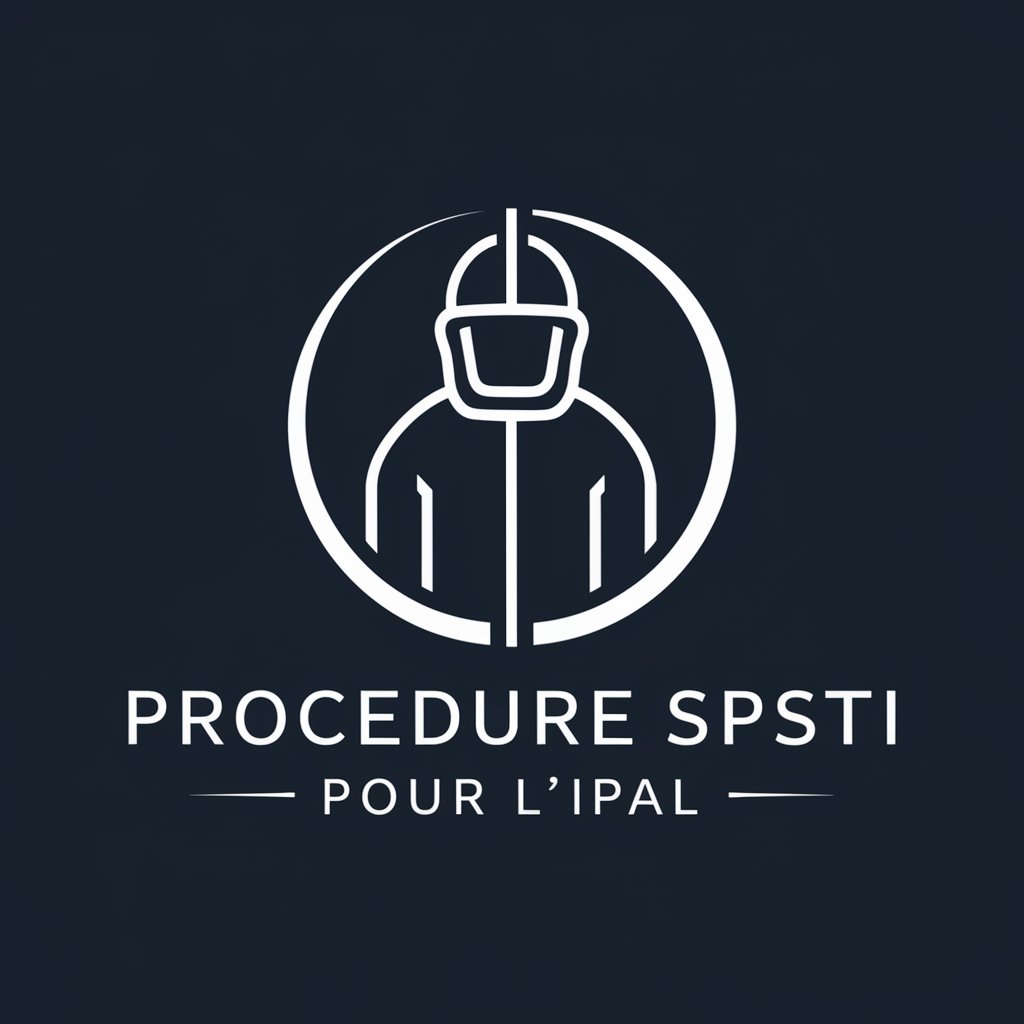
Civil Procedure Teaching Assistant
AI-Powered Civil Procedure Mastery

TV Re-cap
Reviving Episodes with AI Drama

Yogi Cap
Unleash your inner yogi with AI-powered guidance!

Cap Master
Master the NBA's Financial Game

Frequently Asked Questions about Rules of Procedure
What are the Rules of Procedure?
The Rules of Procedure are a set of guidelines designed to manage the conduct of business within organizations, meetings, or other formal gatherings.
How can I access the Rules of Procedure?
You can access the Rules of Procedure by visiting the official repository or website where they are published, such as a corporate intranet or governmental legal site.
In what scenarios are the Rules of Procedure most critical?
They are crucial during formal meetings, parliamentary sessions, and legal proceedings where order and consistency are required to ensure fair and efficient outcomes.
Can the Rules of Procedure be modified?
Yes, the Rules can be modified through a predefined process typically outlined within the document itself, often involving approval by a governing body or committee.
Are there any tools to help understand the Rules of Procedure better?
Yes, there are often annotated guides, commentaries, or training sessions available that explain the rules in detail and provide practical examples of their application.
